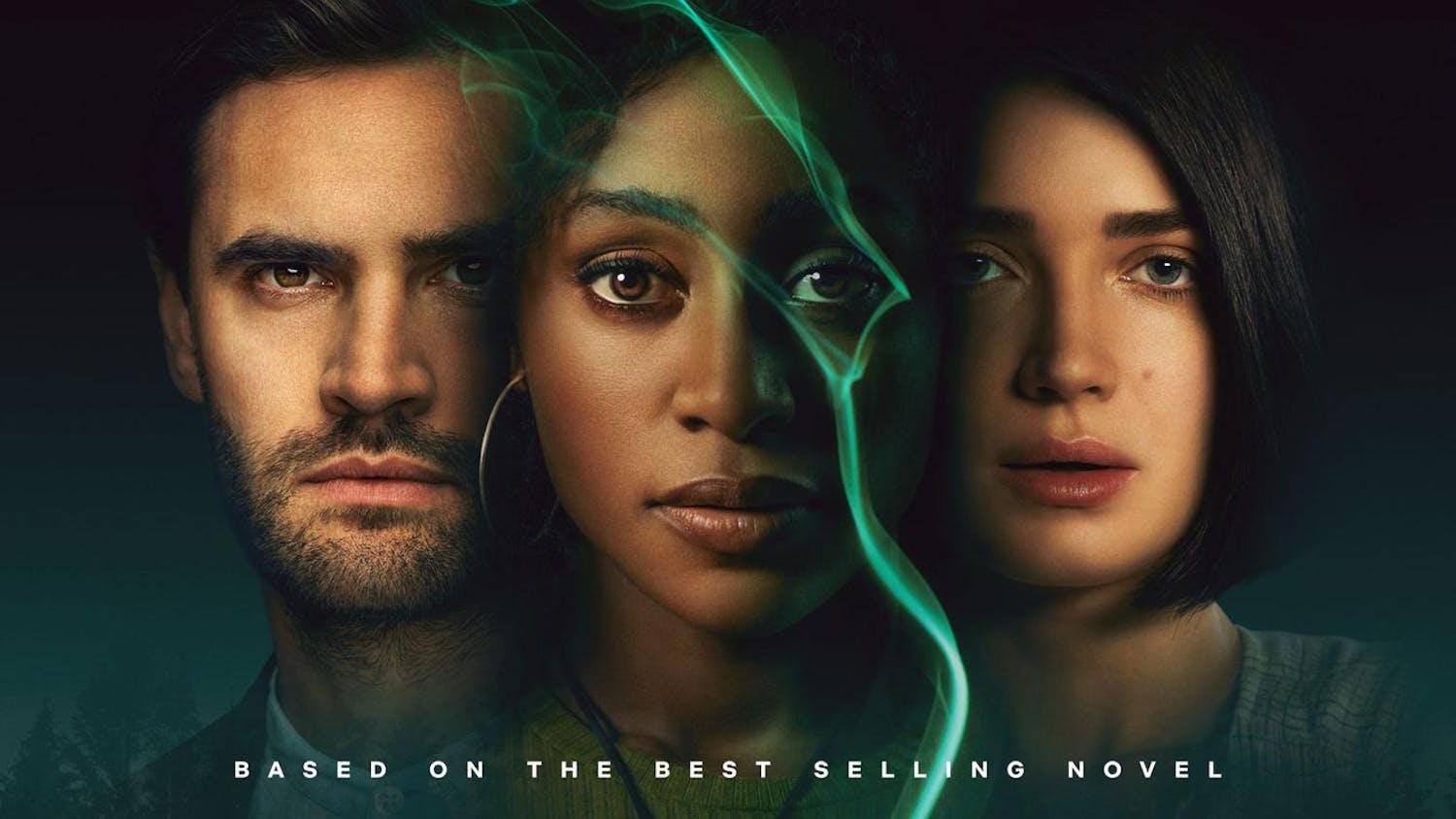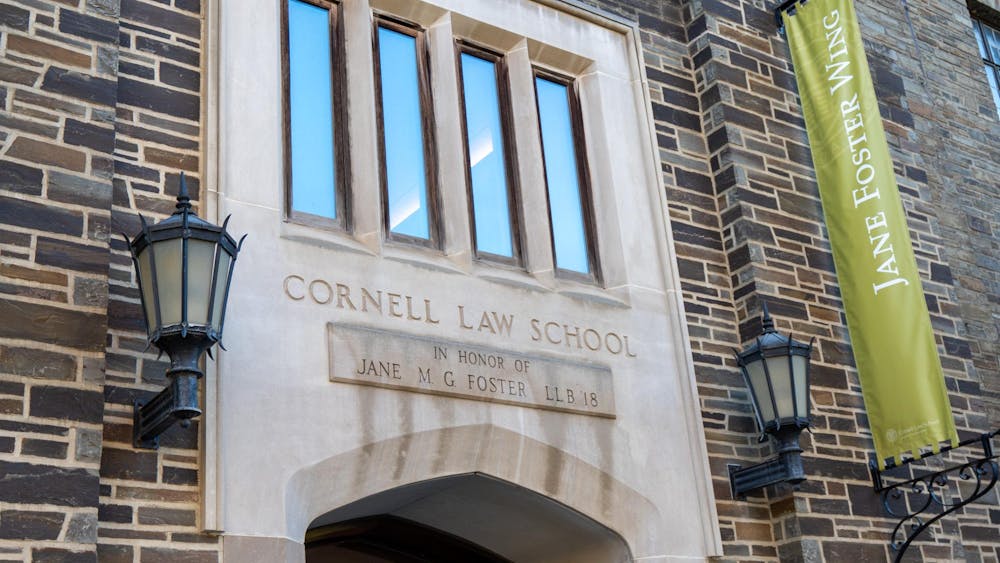On Sept. 13, the much-anticipated third installment of Tamsyn Muir’s Locked Tomb series finally released. Nona the Ninthanswers many questions about the series — especially on the mysterious Alecto, whose body resides in the titular tomb — yet raises new ones as well.
For those who have followed the previous novels, Gideon the Ninth and Harrow the Ninth, one of the biggest shocks about Nona might be its departure in scope. While Gideon and Harrow are set, respectively, in an isolated mansion on post-apocalyptic Earth and God’s personal space station, Nona takes place in the bustling, gritty backstreets of a planet caught between empire and rebellion. As Hugo Award-winning writer Alix E. Harrow puts in her review, “There were no children in the previous two books. There were no animals or pets, either, or fried food stands or shitty upstairs neighbors… But Nona is positively bursting with life, from kids to rebels to six-legged dogs.”
Nona herself also represents a departure. An amnesiac of ambiguous identity who woke up only six months ago, her carefree innocence and all-loving nature contrast with the last two protagonists — from Gideon’s bravado to Harrow’s dour desolation. Gideon and Harrow themselves feature less prominently than in their eponymous books. Instead, fan-favorite characters Camilla Hect, Palamedes Sextus and Pyrrha Dve play far more central roles.
What Nona does retain is Muir’s sharp, captivating prose and irreverent, freewheeling sense of humor. Even in a setting rife with war, death, loss and horror, Muir’s characterization shines through — her characters are memorable as distinct individuals, capable both of shouldering immense trauma and trading “saucy quips” with each other.
Perhaps surprisingly, one character Nona develops most is the Locked Tomb universe’s God, also known as John. In the tradition of science-fiction god-emperors like those of Herbert’s Dune and the Warhammer 40,000 franchise, John Gaius begins the series as an enigmatic, vaguely benign figure whose ruthlessness is only revealed through the course of Harrow the Ninth.
In Nona the Ninth, Muir explores his true motives — the blood price of his and Alecto’s shared past. What emerges is a tragedy of biblical proportions. One of climate catastrophe, hubris, desperation and grief. Unfolding piece by piece, with dreamlike flashbacks to a world like our own — or what our own could be — John’s story shows how a fatal combination of power and very real love can lead to ten thousand years of embittered, vengeful conquest.
I agree with Alix E. Harrow when she writes that the book is about love. She highlights the quote “life is too short and love is too long” — a line I also cried at. Setting up the series for its final book, Alecto the Ninth, Nona is an unironic testament to the awesome, awful and world-breaking power of love in all its forms.
But I think another theme of the book is that love, by itself, is not enough. It must be tempered by self-control, emotional maturity and genuine empathy for others. Love is beautiful, maybe the most beautiful thing in the world, but it can also be mad and cruel. No one ever owes you love. As someone who drove a dear friend to cut contact with me for reasons entirely my fault — insecurities that I perhaps justified, unconsciously, as being out of love — Nona the Ninth filled me with a sense of cold clarity, like being resurrected.
In the end, I’d like to share another line from the book that stayed with me: “It’s finished, it’s done. You can’t take loved away. We loved you too.”
I hope it comforts anyone else who might need it as much as I did.
Amy Wang is a junior in the College of Arts and Sciences. She can be reached at saw289@cornell.edu.











